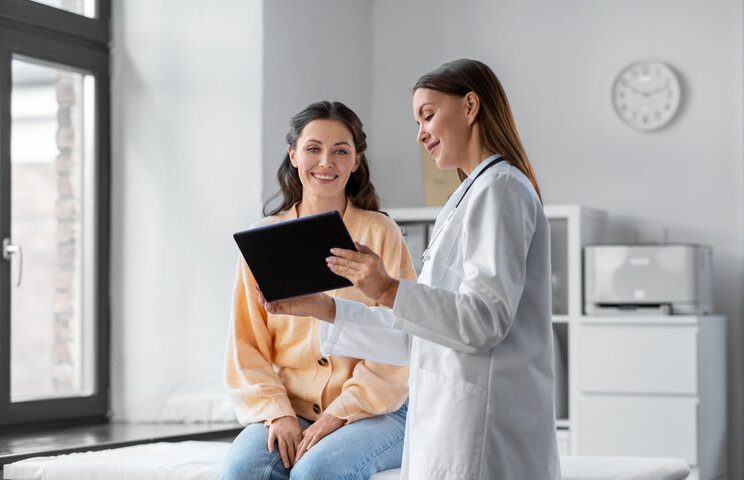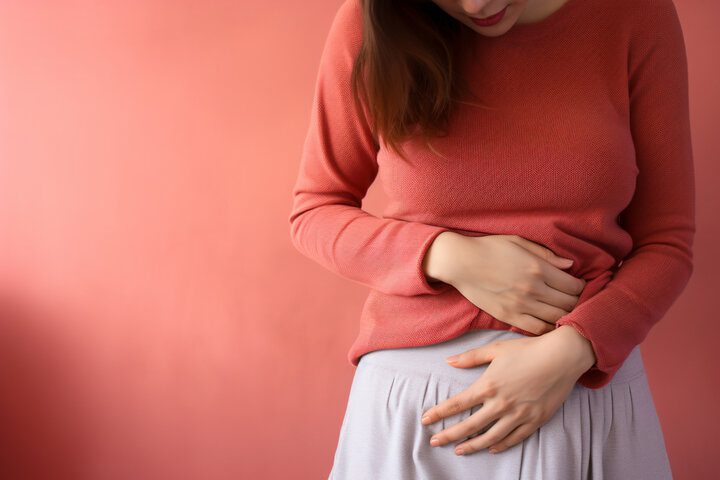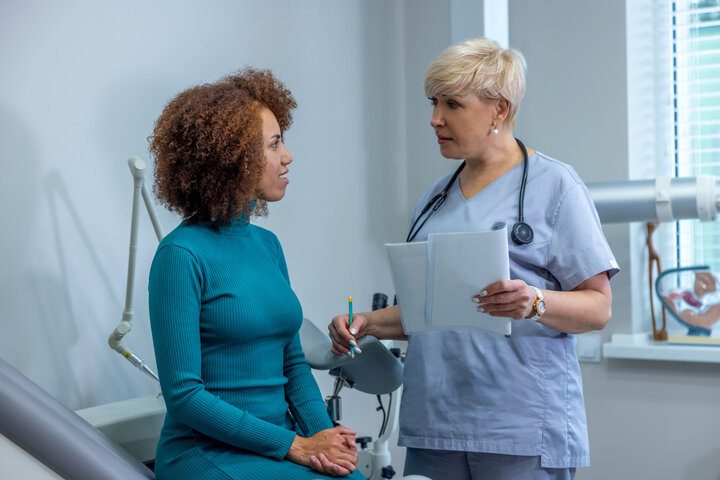Navigating the complex world of women’s health can be daunting, especially when different conditions have overlapping symptoms. Two such conditions that are often hard to distinguish are uterine fibroids and endometriosis. Both diseases affect millions of people with uteruses worldwide and have a variety of overlapping symptoms, from painful menstrual cramps to having a heavy menstrual period. This comprehensive guide elucidates the differences between uterine fibroids and endometriosis, providing valuable insights for women, medical students, doctors, and family members.
Overview
Fibroids, also known as uterine fibroids or leiomyomas, are non-cancerous growths in or around the uterus. Made up of muscle and fibrous tissue, they vary significantly in size and number. While some individuals remain symptom-free, others might experience heavy menstrual bleeding, prolonged periods, severe pain, and pressure in the pelvic region.
Endometriosis occurs when tissue similar to the lining inside the uterus (known as the endometrium) starts growing outside the uterine cavity. This displaced tissue behaves just as it would under normal circumstances—thickening, breaking down, and bleeding with each menstrual cycle. However, because it has no clear path to exit, it becomes trapped, causing intense pain, inflammation, and sometimes scar tissue.
Risk Factors for Developing Fibroids and Endometriosis

Fibroids
Several risk factors may increase an individual’s risk of developing uterine fibroids, including:
- Age. Fibroids are more common in women of reproductive age, in their 30s and 40s, up until menopause.
- Family History. Having a family member with fibroids increases your risk.
- Ethnicity. African-American women are more likely to develop fibroids at a younger age and may have more extensive or more numerous fibroids.
- Obesity. Excess weight increases the risk of fibroids.
- Eating Habits. Consuming a diet high in red meat and low in green vegetables, fruit, and dairy can increase the risk.
- Early Menstruation. Starting your period at an early age.
Endometriosis
Risk factors for endometriosis include:
- Family History. Relatives with endometriosis increases your chances of endometriosis.
- Menstrual History. Conditions such as heavy menstrual periods lasting more than seven days or short menstrual cycles (less than 27 days) are risk factors.
- Uterine Abnormalities. Certain conditions affecting the reproductive organs or menstrual flow can contribute to the development of endometriosis tissue.
- No Childbirth Experience. Individuals who have never been pregnant may have a higher risk of developing endometriosis.
- High Levels of Estrogen. Individuals who produce or have been exposed to high levels of estrogen are more prone to endometriosis.
- Medical Conditions. Some medical conditions and surgical procedures can increase the risk of developing endometriosis.
Understanding these risk factors can help in the early detection and management of fibroids and endometriosis, ultimately improving an individual’s quality of life.
Symptoms: Similarities and Differences

Although fibroids and endometriosis can both cause symptoms such as pelvic pain, heavy menstrual bleeding, and scar tissue formation, there are specific signs that distinguish one from the other.
Overlapping Symptoms:
- Heavy, painful menstrual periods
- Chronic pelvic pain and discomfort
- Pain during intercourse
- Difficulty conceiving
- Lower back pain
- Possible scar tissue formation
Distinctive Symptoms:
Fibroids
- Lower abdominal pain and feeling of fullness
- Frequent urination
- Difficulty conceiving and labor complications
- Heavy menstrual blood flow enough to cause anemia
- Swollen or enlarged lower abdomen and pelvic cavity
Endometriosis
- Severe, chronic pelvic pain outside of menstrual periods
- Pain during bowel movements or urination
- Excessive bleeding
- Fatigue
- Difficulty conceiving
- Abdominal pain and gastrointestinal symptoms like nausea, irregular bowel movements, and bloating, especially around painful periods
Diagnosis
Diagnosing fibroids typically involves a routine pelvic exam to check abnormalities in the uterus, ovaries, and vagina. Ultrasound imaging is then used to confirm the presence of fibroids. Magnetic resonance imaging (MRI) may be utilized in more complex cases to assess how many fibroids are present.
Endometriosis diagnosis requires a more meticulous approach. While a pelvic exam may suggest its presence, definitive diagnosis often relies on laparoscopy—a surgical procedure in which a camera is inserted near the navel to observe and possibly take a sample of the suspicious tissue or endometriosis lesions for testing. Ultrasound and MRI can also help confirm the diagnosis of this chronic disease, but they are less definitive without surgical intervention.
Treatment Options

Treatment for fibroids and endometriosis ranges from medication and surgery to holistic and supplemental approaches, depending on the severity and the individual’s desire for pregnancy.
Fibroids:
- Medications. Doctors often treat uterine fibroids with drugs that fall under the class of Gonadotropin-releasing hormone (GnRH) agonists to reduce the size, growth rate, and bleeding frequency. Oral contraceptives can also help manage symptoms.
- Surgical Options. Myomectomy may be necessary to remove fibroid tissue while preserving the uterus, and hysterectomy for severe cases.
- Holistic/Supplemental. Dietary changes, acupuncture, and specific supplements like vitamin D and green tea extract have been shown to alleviate severe symptoms.
Endometriosis:
- Medications. Symptoms of endometriosis can be relieved with Nonsteroidal anti-inflammatory drugs (NSAIDs), hormonal treatment like birth control pills, and GnRH agonists to reduce estrogen production.
- Surgical Options. Minimally invasive treatments include laparoscopy to remove endometrial tissue. Severe endometriosis may warrant a hysterectomy.
- Holistic/Supplemental. Holistic strategies include dietary modifications to reduce inflammation, physical therapy, and supplements such as omega-3 fatty acids, magnesium, and turmeric to manage pain and inflammation.
Are You Experiencing Uterine Fibroids or Endometriosis Symptoms? You Might Qualify for One of Our Clinical Trials!
Understanding the distinctions between fibroids and endometriosis is crucial for appropriate treatment and management. While both conditions can significantly affect a woman’s quality of life, as well as sexual and reproductive health, advancements in medical and holistic treatments are promising. If you’re experiencing symptoms of either condition, consult a healthcare provider for an accurate diagnosis and tailored treatment plan. Remember, achieving optimal health involves knowledge, professional guidance, diligent testing, and self-care.
At SFCRI, we constantly research the latest methods to treat fibroids and endometriosis pain. Our clinical trials offer compensation and promising treatment for individuals affected by these conditions. Please review our clinical trials to see what’s happening and whether you qualify.

